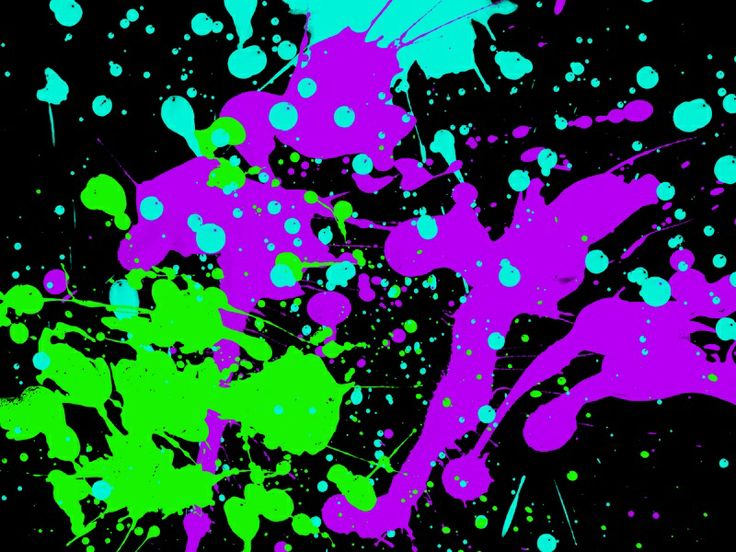
In 1994, T/Maker was sold to Deluxe Corp and then two years later to its main rival, Broderbund. However, graphic designers and many consumers quickly realized the enormous advantages of vector art, and T/Maker's clip art became the gold standard of the industry in the late 1980s and early 1990s. This made the higher-resolution vector art possible and in 1987 T/Maker published the first vector-based clip art images made with Illustrator, despite widespread unfamiliarity with the bezier curves required to edit vector art. In 1986, Adobe Systems introduced Adobe Illustrator for the Macintosh, allowing home computer users the first opportunity to manipulate vector art in a GUI.

It was released on a single-sided floppy disc. The black-and-white art was painstakingly created by Rick Siegfried with MacDraw, sometimes using hundreds of simple objects combined to create complex images. In 1986, the first vector-based clip art disc was released by Composite, a small desktop publishing company based in Eureka, California. The illustrators who created the first "serious" clip art for business/organizational (professional) use were Mike Mathis, Joan Shogren, and Dennis Fregger published by T/Maker in 1984 as "ClickArt Publications". The first version of "ClickArt" was a mixed collection of images designed for personal use. Beginning in 1984, T/Maker took advantage of the capability of the Macintosh to provide bit-mapped graphics in black and white by publishing small, retail collections of these images under the brand name "ClickArt". One of the first successful electronic clip art pioneers was T/Maker Company, a Mountain View, California, company, which had its early roots with an alternative word processor, WriteNow, commissioned for the Macintosh by Steve Jobs. With the introduction of the Apple Macintosh program MacPaint, consumers were provided the ability to edit and use bit-mapped clip art for the first time. Early electronic clip art was simple line art or bitmap images due to the lack of sophisticated electronic illustration tools. Electronic clip art emerged to fill the need.
As built drawing clip art software#
The LaserWriter laser printer (introduced in late 1985), as well as software maker Aldus PageMaker in 1985, helped to make professional quality desktop publishing a reality, with consumer desktop computers.Īfter 1986, desktop publishing generated a widespread need for pre-made, electronic images as consumers began to produce newsletters and brochures using their own computers. It was the Apple Computer, with its GUI which provided desktop publishing with the tools required to make it a reality for consumers.

These images were used in business presentations, as well as for other types of presentations. For the IBM PC, the first library of professionally drawn clip art was provided with VCN ExecuVision, introduced in 1983.
As built drawing clip art Pc#
Since the 1990s, nearly all publishers have replaced the paste up process with desktop publishing.Īfter the introduction of mass-produced personal computers such as the IBM PC in 1981 and the Apple Macintosh in 1984, the widespread use of clip art by consumers became possible through the invention of desktop publishing.

After the addition of text and art created through phototypesetting, the finished, camera-ready pages are called mechanicals. In this process, the clip art images are cut out by hand, then attached via adhesives to a board representing a scale size of the finished, printed work. Many clip art images of this era qualified as line art. Before the advent of computers in desktop publishing, clip art was used through a process called paste up.

To insert clip art on a PowerPoint slide, follow the steps below. If your computer has an Internet connection, then you can also access to search for images.
As built drawing clip art how to#
How to Insert Clip Art on a Microsoft PowerPoint Slide See Microsoft PowerPoint: Tips and Tricks for similar articles.Ĭlip Art is a collection of media files (images, videos, audio, and animation files) that Microsoft includes with the PowerPoint application.


 0 kommentar(er)
0 kommentar(er)
